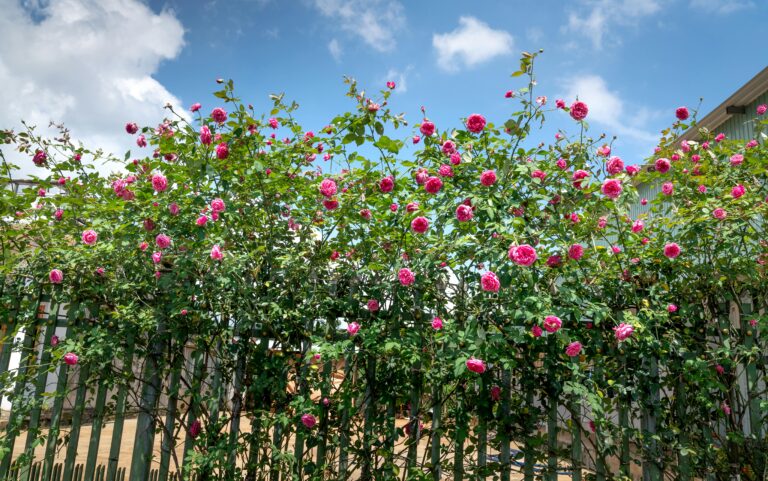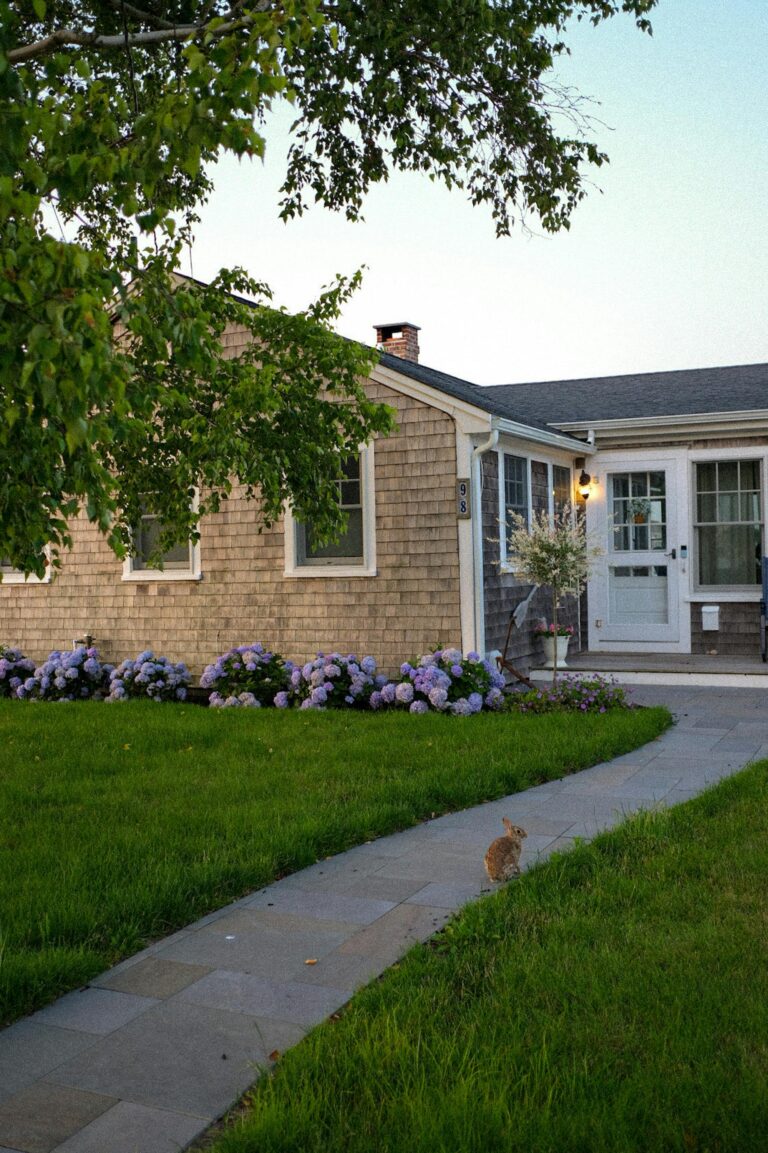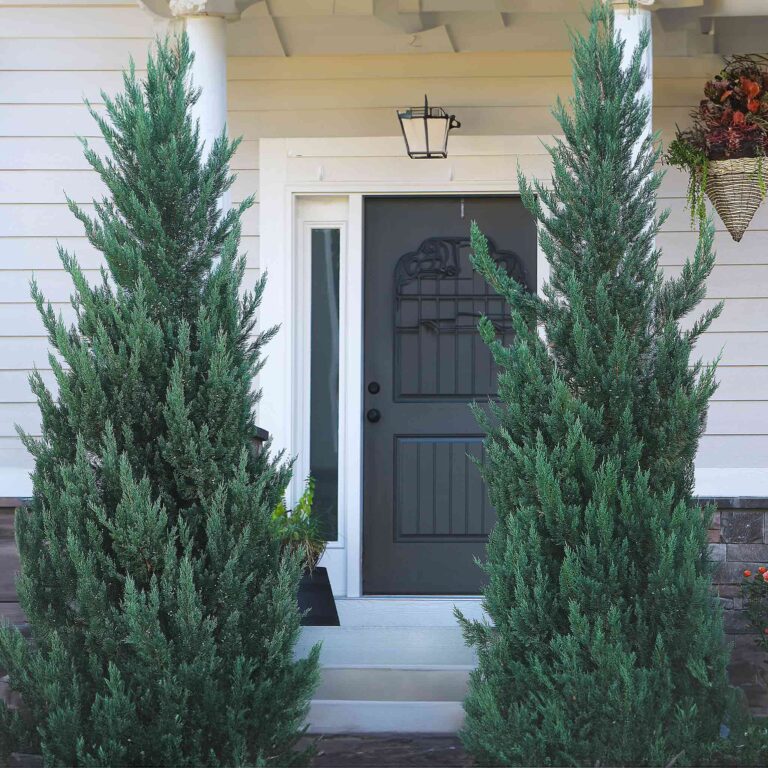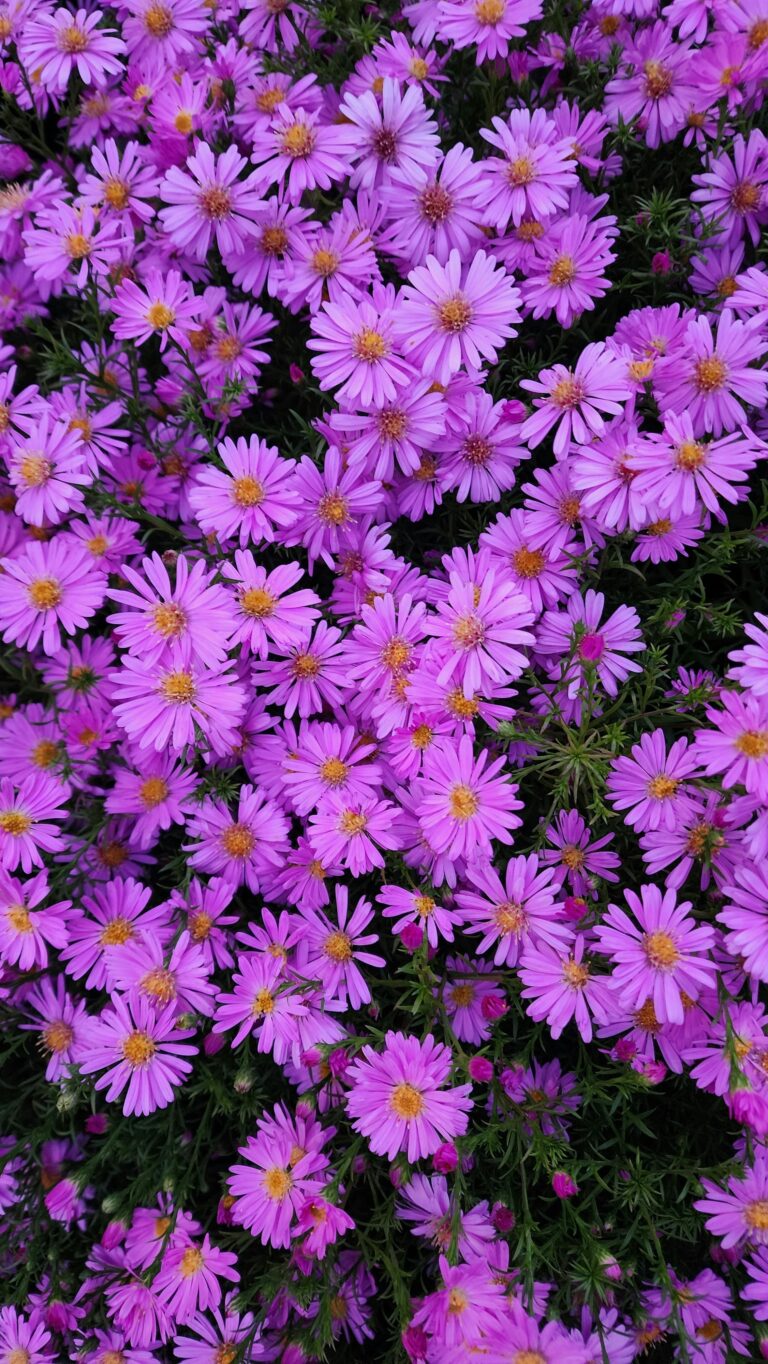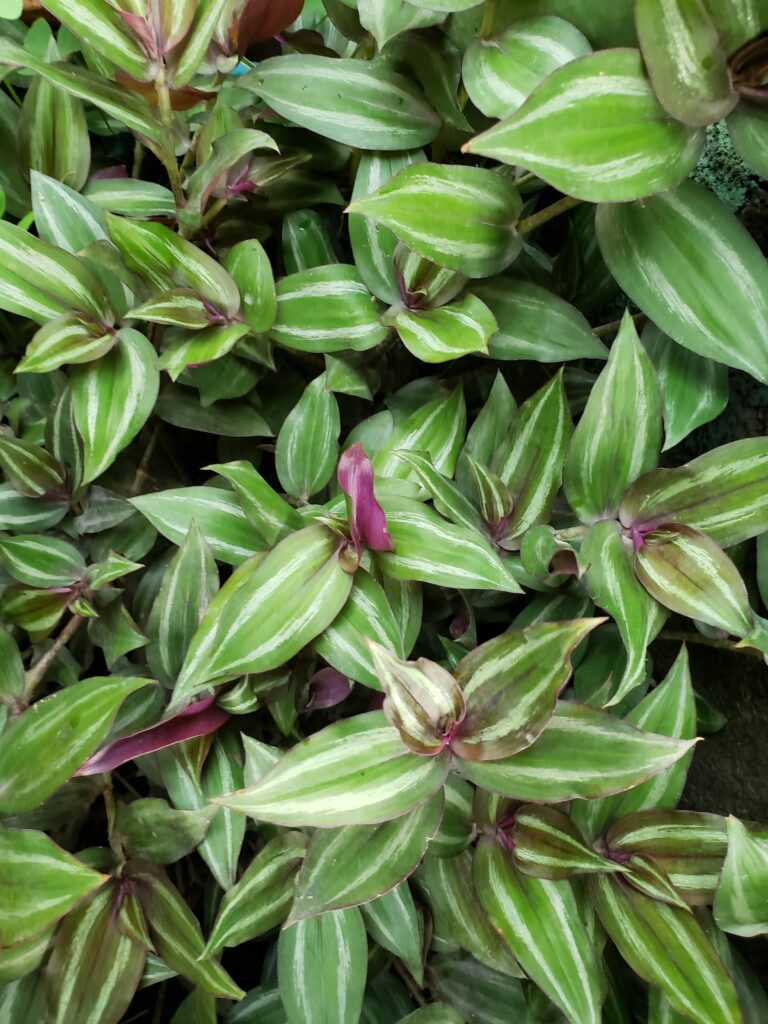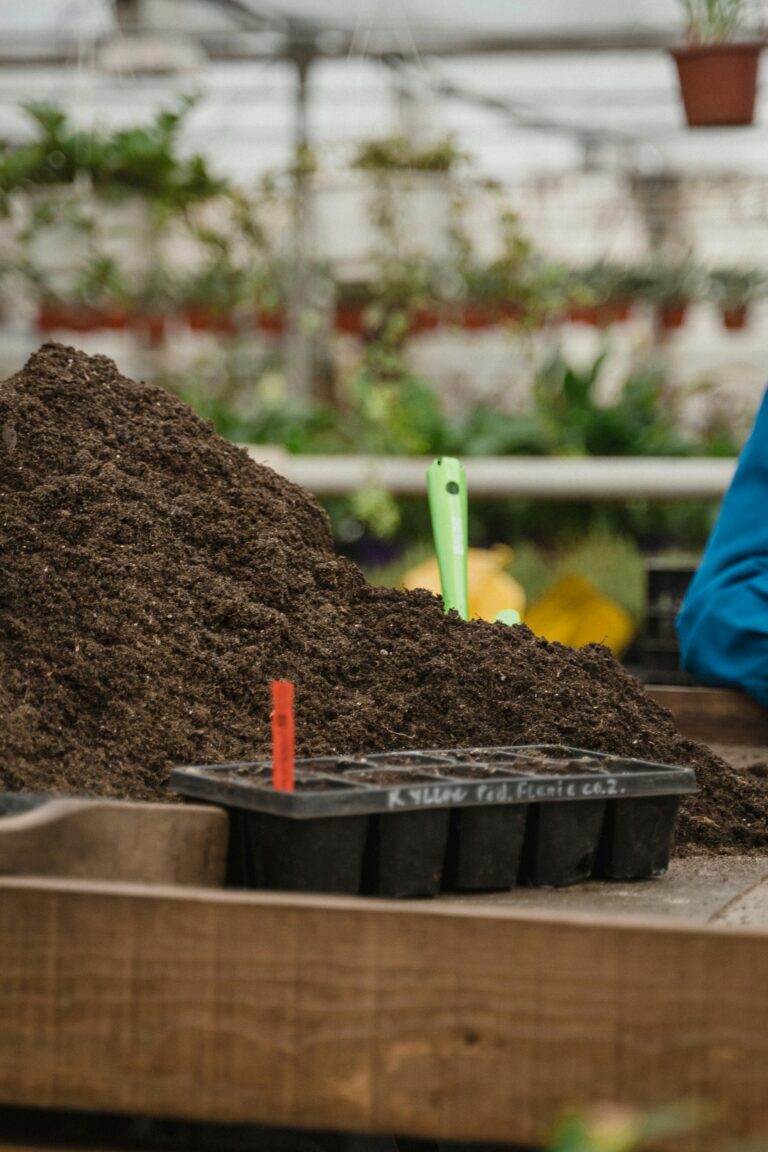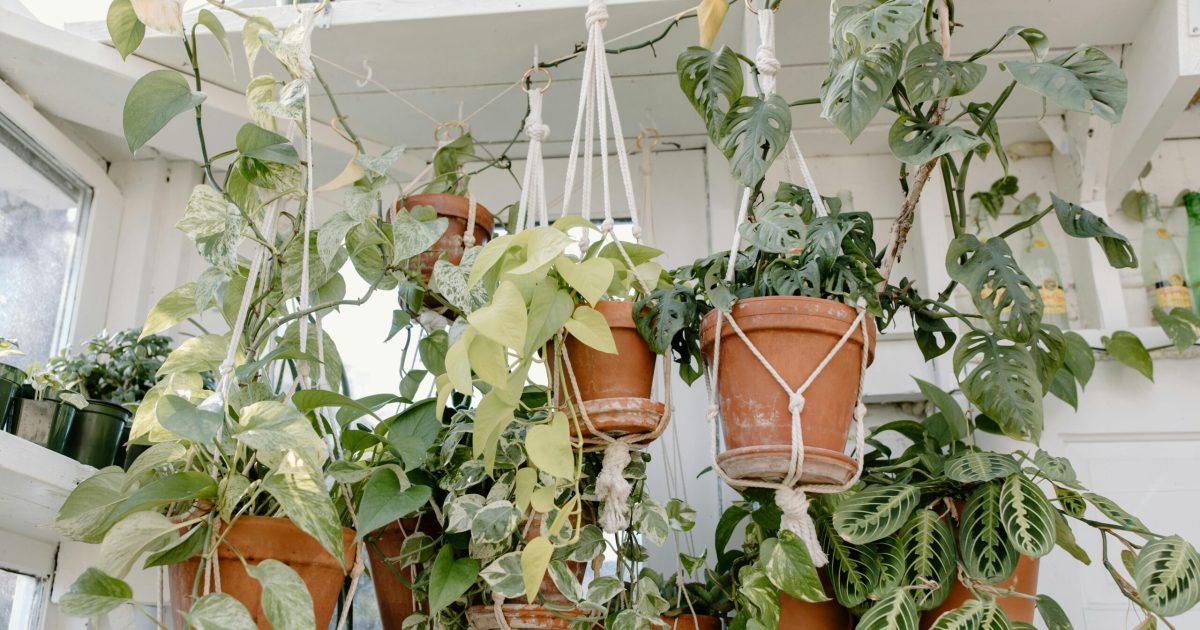
Hanging Plants: Beautifying Your Space the Gardener’s Way
As a gardener with five years of experience, I’ve come to love the charm that hanging plants add to a space. Whether you’re working with a small apartment balcony or a sprawling garden, hanging plants offer an easy way to introduce lush greenery and pops of color without eating up floor space.
Why Hanging Plants are a Must-Have
Let’s face it—hanging plants just have this effortless way of making any area feel vibrant. Indoors, they fill those awkward corners with life, trailing vines that cascade like waterfalls of greenery. Outdoors, they’re perfect for adding dimension, especially if you want to draw the eye upwards and give your garden more height.
But beyond just aesthetics, hanging plants have practical benefits. They’re out of reach for curious pets and kids, and they make excellent use of vertical space, especially if you’re dealing with limited room in your home or garden. Plus, many of them are low-maintenance, which is a huge win if you’re a busy gardener like me.
Best Indoor Hanging Plants
Here are some of my favorite indoor hanging plants that I’ve grown over the years, and trust me—they’re winners!
Pothos (Epipremnum aureum): If you’re just starting with hanging plants, pothos is your go-to. It’s practically indestructible and grows like a champ, even in low light. I keep a few pothos plants in my home office, and they add so much green without needing constant attention.
Spider Plant (Chlorophytum comosum): Another classic, the spider plant is perfect for hanging baskets. What’s cool about it? It grows these little “babies” or plantlets that you can snip off and replant. I have one in my kitchen, and every year I get to share new plants with friends.
Heartleaf Philodendron (Philodendron hederaceum): With its lush, trailing vines and heart-shaped leaves, this one adds a lot of beauty without being demanding. Just keep it in bright, indirect light and water when the top inch of soil dries out.
Boston Fern (Nephrolepis exaltata): A bit more finicky, but worth the effort! It thrives in humidity, so bathrooms or kitchens are ideal spots. It has a way of making any room feel like a mini jungle.
Pro Tip: If your indoor plants start looking leggy (stretched out), it’s usually a sign they need more light. Try moving them closer to a window, or rotate them every week to get even exposure.
Best Outdoor Hanging Plants
Outdoor hanging plants are my personal favorite. They’re great for adding color to patios, porches, or even just hanging on a fence.
Fuchsia (Fuchsia spp.): A magnet for hummingbirds, fuchsia blooms in stunning shades of pink and purple. They prefer shade, and with regular watering, they’ll reward you with blooms all summer long.
Petunias (Petunia spp.): These flowers are sun-lovers and grow in an array of colors. They cascade beautifully out of baskets, adding that wow factor to any outdoor space. Make sure they get at least six hours of sun to keep blooming.
String of Pearls (Senecio rowleyanus): If you love succulents, try this unique beauty. The tiny, bead-like leaves dangle gracefully from baskets. Just don’t overwater—it’s better to let them dry out a bit between waterings.
Pro Tip: Outdoor hanging plants dry out faster than those in pots on the ground. I make sure to water mine daily during hot summer months and add a slow-release fertilizer once a month to keep them thriving.
Caring for Hanging Plants
One thing I’ve learned is that hanging plants, especially outdoors, need a little extra TLC. Because they’re suspended in the air, they tend to dry out faster than ground plants. Keep an eye on their soil—water when the top couple of inches feel dry. In particularly hot months, you may even need to water daily.
For indoor plants, humidity is key. If your home tends to be dry, consider misting your plants or setting up a small humidifier nearby. And remember, drainage is crucial. Make sure your hanging baskets have proper drainage holes so your plants don’t get waterlogged.
Pro Tip: Use coconut coir or peat-based potting mix for hanging baskets. These materials hold moisture well, which means your plants won’t dry out as quickly between waterings.
Final Thoughts: The Joy of Hanging Plants
Whether you’re working with limited space or simply want to add layers of greenery to your home or garden, hanging plants are a versatile and beautiful option. After five years of gardening, I’ve realized that there’s no right or wrong way to grow them—just have fun experimenting with different types and finding the ones that suit your space and style.
Pro Tip: Rotate your hanging plants regularly to ensure even growth and prevent them from becoming lopsided. They’ll thank you for it with lush, healthy foliage!
If you’re new to hanging plants, start simple and see where your green thumb takes you. Before you know it, you’ll have a lush, hanging garden of your own!

